Which Cardio Should I Do: Steady State or HIIT?
Let’s start by defining the two types of Cardio:
Steady State: An example would be jumping on a treadmill and staying at a pace of 6 mph for 30 minutes. Same goes for elliptical, stair master, or bike. (Staying at the same pace for an extended period of time.
HIIT (High Intensity Interval Training): This involves using different speed, inclines, or intensities over a period of time. An example would be running for 4 minutes at 5 mph and 3% incline, then running for 4 minutes at 9 mph at 5% incline. Same can be said for 10 mph sprint for 30 seconds, 15 seconds feet on side of treadmill.
Cardio is a common topic throughout the fitness industry. Some people will say do hours, some say 20 minutes, others don’t suggest doing any. Some suggest steady state, some say HIIT is the way to go. With so much information being thrown around, I don’t blame you for feeling frustrated or confused.
WHY DO CARDIO?
Personally, I am not a big fan of Cardio. Walking past the treadmill section of the gym has always been the closest I ever wanted to get, especially when you see people who make it look painless. I’ve never come across a form of cardio that I’ve specifically liked, except maybe boxing, but that is a whole other beast entirely. Cardiovascular activity places stress on your heart and circulatory system by keeping your heart rate and blood pressure elevated for an extended period of time. Even though when lifting weights, you achieve a similar reaction, nothing does this quite like Cardio.
Even the post-workout benefits of cardiovascular endurance are endless: it decreases your resting heart rate and blood pressure, lowers LDL cholesterol and body fat, and improves circulation and strengthens connective tissues.
The heart is a muscle, just like any other in your body. If you want to strengthen and condition it, then you have to work it. Period.
STEADY STATE VS. HIIT: PROS AND CONS
Steady State Cardio
Steady state, as I said above is any form of cardiovascular activity that is maintained for an extended period of time. Generally steady state cardio is performed at a low-moderate intensity for 20+ minutes. This can be anything from marathon running, to walking at an incline on the treadmill for an hour, to using the elliptical, bike, or rower for 30 minutes.
Pros:
Good idea for beginners: For those just starting a weight training and cardiovascular program, I would suggest leaning toward steady state cardio to allow yourself time to build up endurance before performing any HIIT.
Performed more often: Steady state cardio has a low enough impact on the body that it can be performed on a daily basis, if desired.
Cons:
Prolonged Stress: As I stated before, cardiovascular activity places stress on the body, and up to a certain point, this stress is actually good for you. However, doing to much of this can put your body in a catabolic state, meaning it causes your body to breakdown muscle. It can even go as far as to hinder fat loss which for most is the reason for performing cardio in the first place.
Over Doing: Activities like running, place quite a bit of stress on the joints, especially when repeated over an extended period of time, day after day.
HIIT
Now let’s do HIIT. This involves a short all-out effort, followed by a period of relaxed effort or rest. Interval training should not extend a period of time longer than 20 minutes and is best done after performing resistance training. You can perform HIIT on a treadmill, cycle, elliptical or outdoors. Other ways to perform is with equipment like battle ropes, kettle bells, sleds, barbells, jump ropes, or you can use your own body weight.
Pros:
Short duration: Maximum 20 minutes of exercise. This also means your body is less likely to break down your muscle tissue.
Fat-burning: Excess Post-Exercise Oxygen Consumption (EPOC). This means after you stop working out, your body is still burning through calories while you go about your daily routine. Great way to boost your metabolism for the day.
Cons:
All-out effort: You may be working out for a shorter period of time, but these intervals are intense and require everything you’ve got in the tank. It’s tough but you feel fantastic afterwards.
Less is more: Unlike steady state cardio, HIIT should only be done, at most every other day. Generally 2-3 times a week will get the job done.
So it's up to you, you can do Steady State or you can do HIIT. Everything depends on your goals. Choose one, see how it feels!

